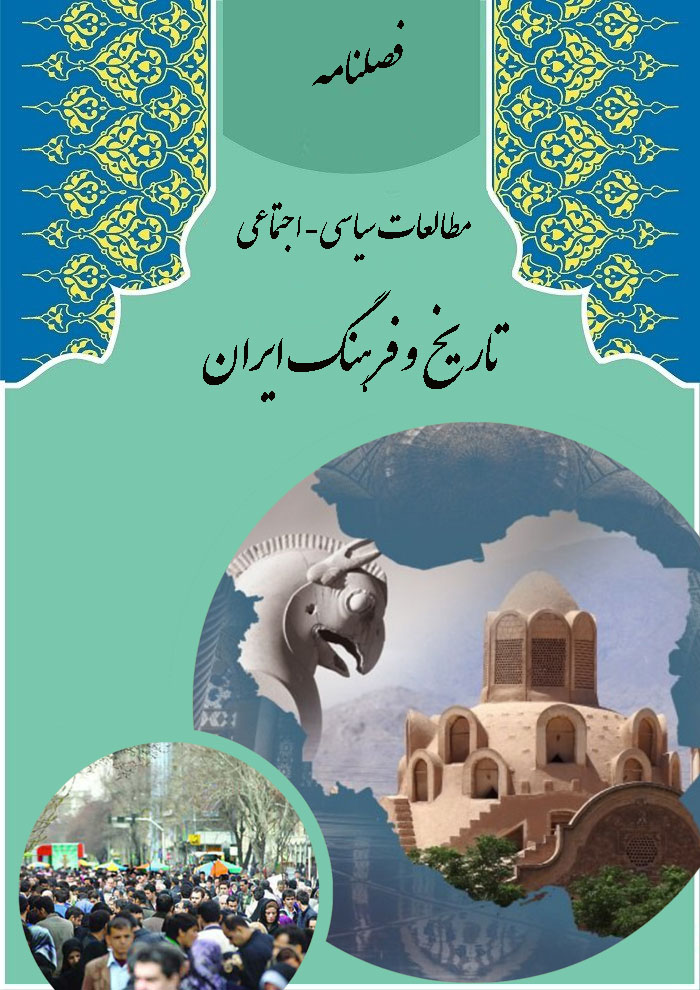Ispahbads of Tabarestan and Convergence with Islamic Civilization
Keywords:
Tabarestan, Abbasid Caliphate, Ispahbads, relations, 10th century CEAbstract
The history of Tabarestan or Mazandaran, a part of the lush and elongated expanse located between the Caspian Sea and the Alborz Mountains, has witnessed many transformations in connection with the history of Iran and Islam. Despite the Arab Muslim advance into the vast majority of Southwest Asia, due to its unique climatic conditions and distinct social characteristics, Tabarestan resisted the influence of the Islamic political system and the acceptance of the new culture and religion. One of the reasons for this resistance was the presence of independent ruling dynasties known as the Ispahbads, whose rulers outwardly accepted the sovereignty of the Arab caliphs to preserve their hereditary power, until the rise of the Alavids and Daylamites diminished their influence. This research, aiming to investigate the nature and process of political relations between the Ispahbad dynasties of Tabarestan and the Islamic Caliphate during the 7th to 10th centuries CE, employs a descriptive-analytical method to discuss the nature and reasons behind the interaction and confrontation between the local rulers of Tabarestan and the Umayyad and Abbasid caliphs, seeking to uncover the hidden aspects of local history in this period. The research findings indicate that the Ispahbads of Tabarestan, by implementing a dual and pragmatic policy, sought to safeguard the ancient structure of their political system and the homogeneous fabric of their subordinate society in Tabarestan from transformation, thereby contributing to the continuity of the existing status quo. However, with the arrival of new actors, most of them ceded the field to the emerging players in the political and power arena of medieval Iran.

















